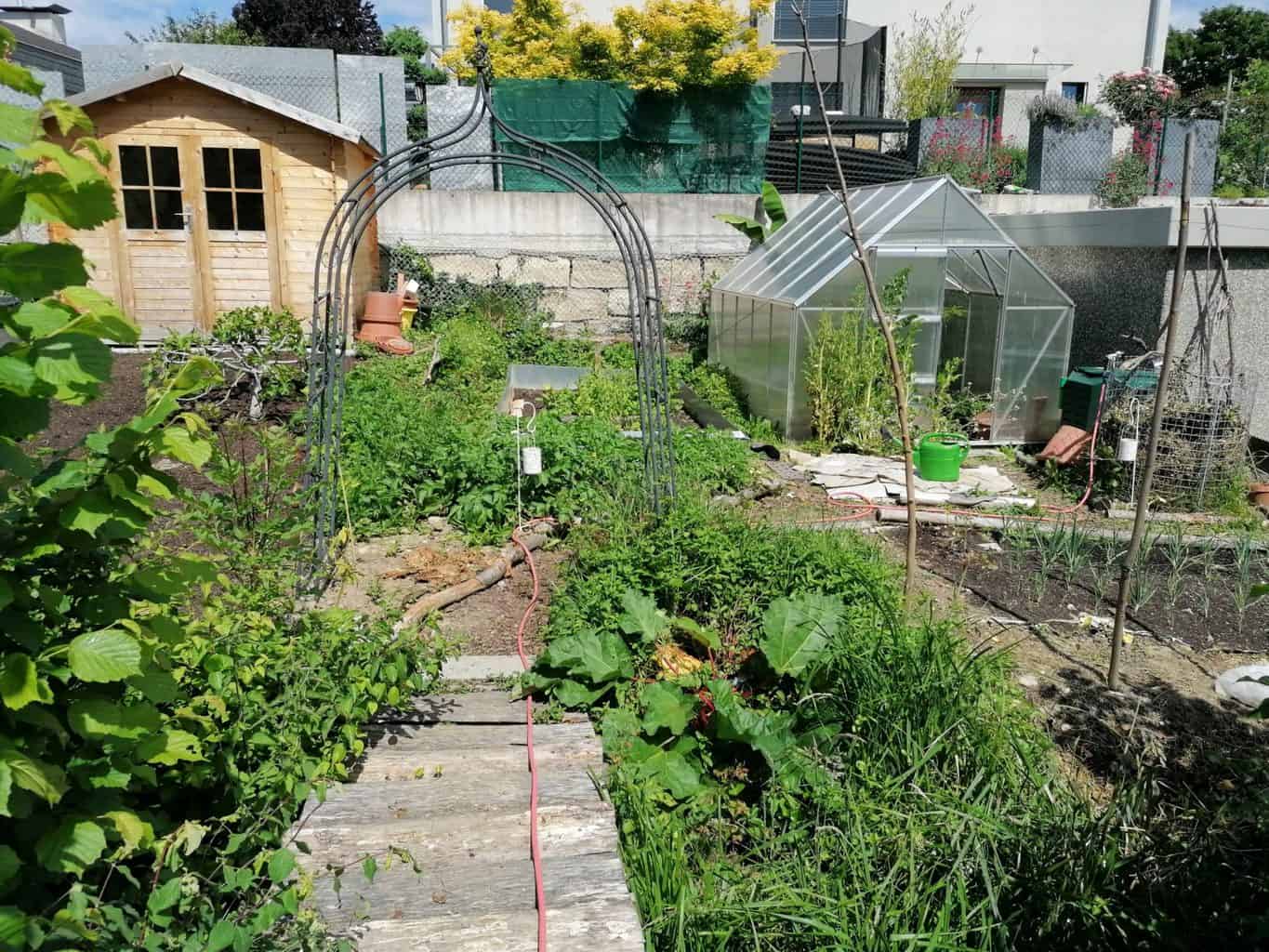We built our garden from wilderness to a productive garden in the present home. There is so much we learnt from zoning, building garden beds, composting, sowing seeds to harvest and finally canning and preserving. Do you want tips to start a garden from scratch, but not sure where to begin? Well, in this post I’ll cover the basics of gardening for beginners like you.
Spring is definitely in the air and life is beginning in our garden. Some of our trees will soon be in full bloom with flowers. I hear the birds chirping early morning since I leave the window open a little. And their excitement wakes me up an hour early. So time to start preparing for another productive year of gardening. We started the season and planted some potatoes from our previous harvest, the first of our planting for this gardening season.
Gardening is fulfilling, because you are tending to life and are connected with nature. Gardening can be therapeutic and gives you a chance to ground yourself to the earth energetically too. Fortunately, for our family we had access to some garden always despite the lack of acreage in our small country. My husband grew up in a farm and he loves this hobby as it is in his blood.
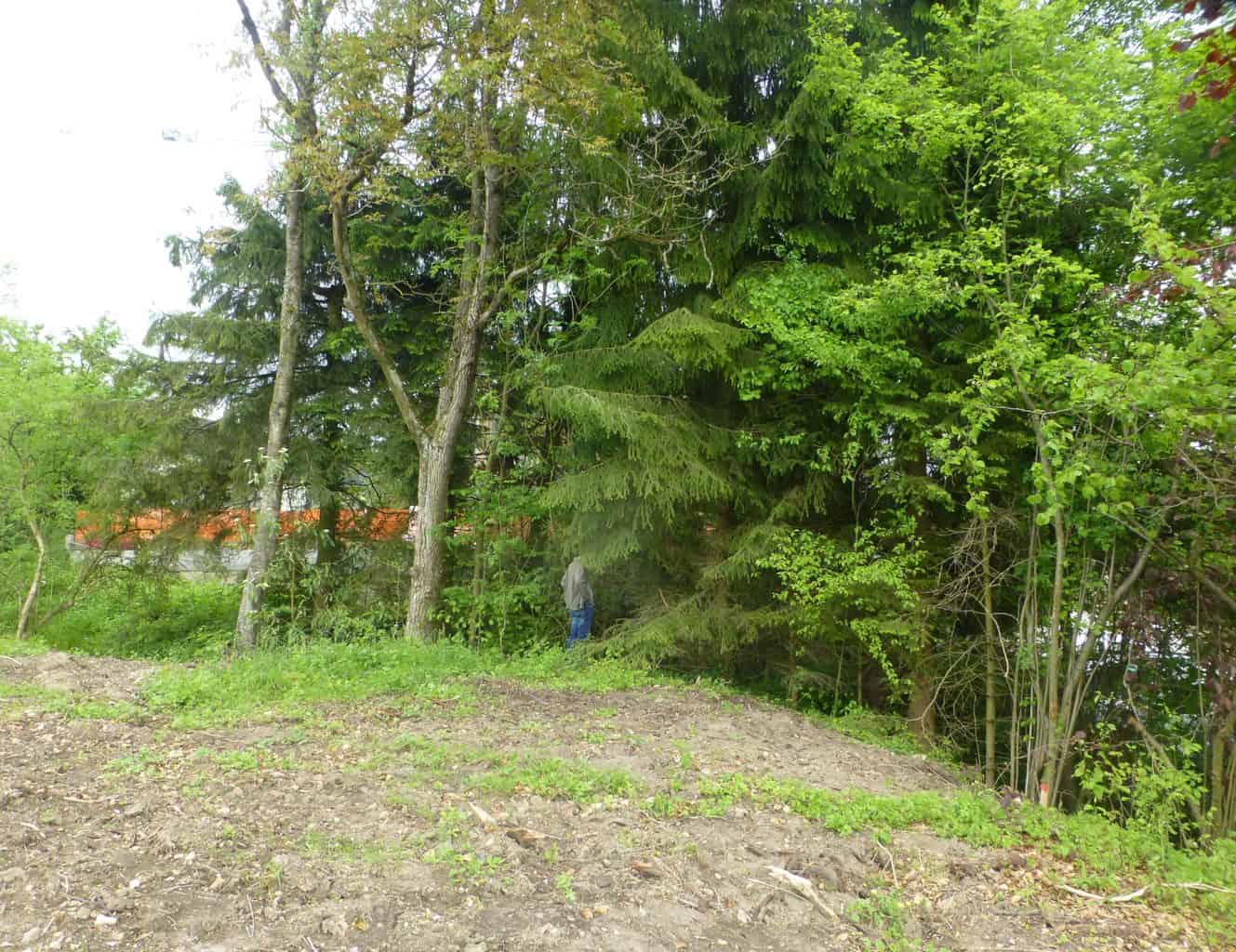
OUR GARDEN A FEW YEARS BACK
Moving to this home, presented us with a lot of challenges to start a garden from wilderness. Above is a picture of our present garden before the house was constructed. We had about 20 trees on our plot and a couple of them sick and the remaining just wild. Therefore, we were determined to convert this space to a working garden. We had a beautiful wild backyard, with our very own stream running through 2 sides of it. But, there were a lot of restrictions on how we could use this land. Believe me, we had a few hurdles to cross not just with the trees, but the town planners too.
Since we have a stream running through the middle and along the end of the plot, our plot of land comes under conservation laws. And Switzerland, is a stickler for laws, so it was difficult to garden for the first year. Finally after a lot of letters back and forth from us, we were successful to convert it to an organic garden. Our neighbors are thankful for it. They are now gardening and enjoying it too. We could also help them realize their dream garden. All of our near neighbours had the same problem with the planners due to the proximity of our respective plots.
We learnt a lot in the last 5 years. What is knowledge if not for sharing. So I hope these tips to start and build a garden from scratch will be helpful to you, if you are just starting out.
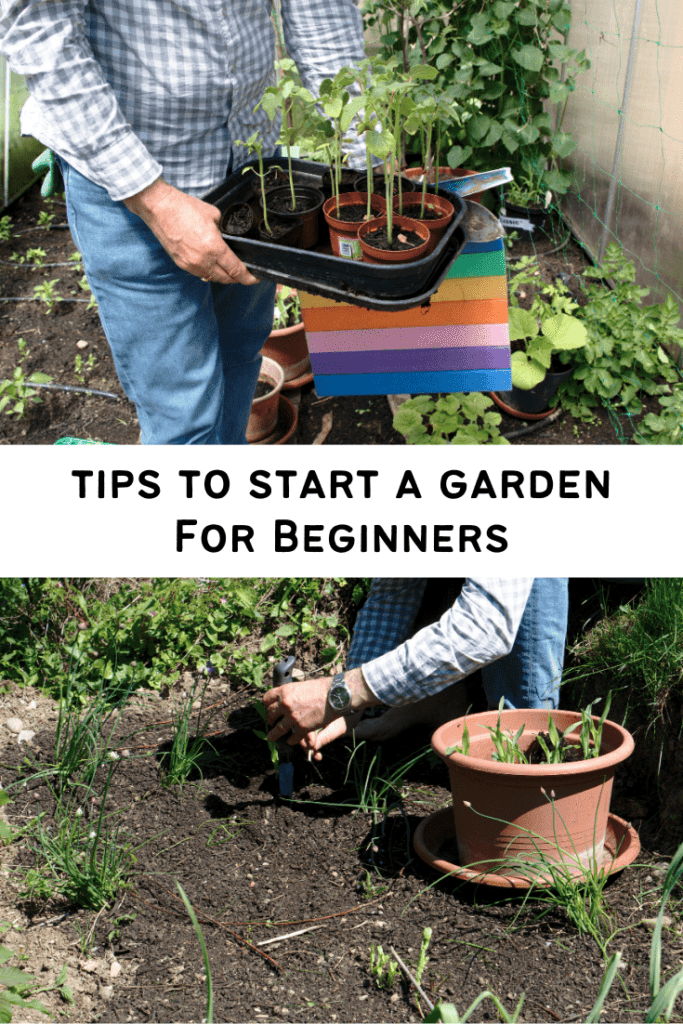
TIPS TO START A GARDEN FROM SCRATCH
1. CHOOSE A LOCATION
Depending on where you live, choose a place which has the maximum sun through out the day. Most of the Swiss homes and apartments usually have the south west of the plot dedicated to the garden. Since we live in a colder climate, this is important as we want to make the most of sunny days. Almost all the balconies are also placed in this direction. So if you have only a balcony to place some pots this is the best location. You can make the most of natural sunlight and warmth.
Most fruits and vegetables require 6 hours or more of direct sunlight. Some plants and herbs don’t require so much of sun. They thrive well in partial shade, so you can use partial shade for those plants.
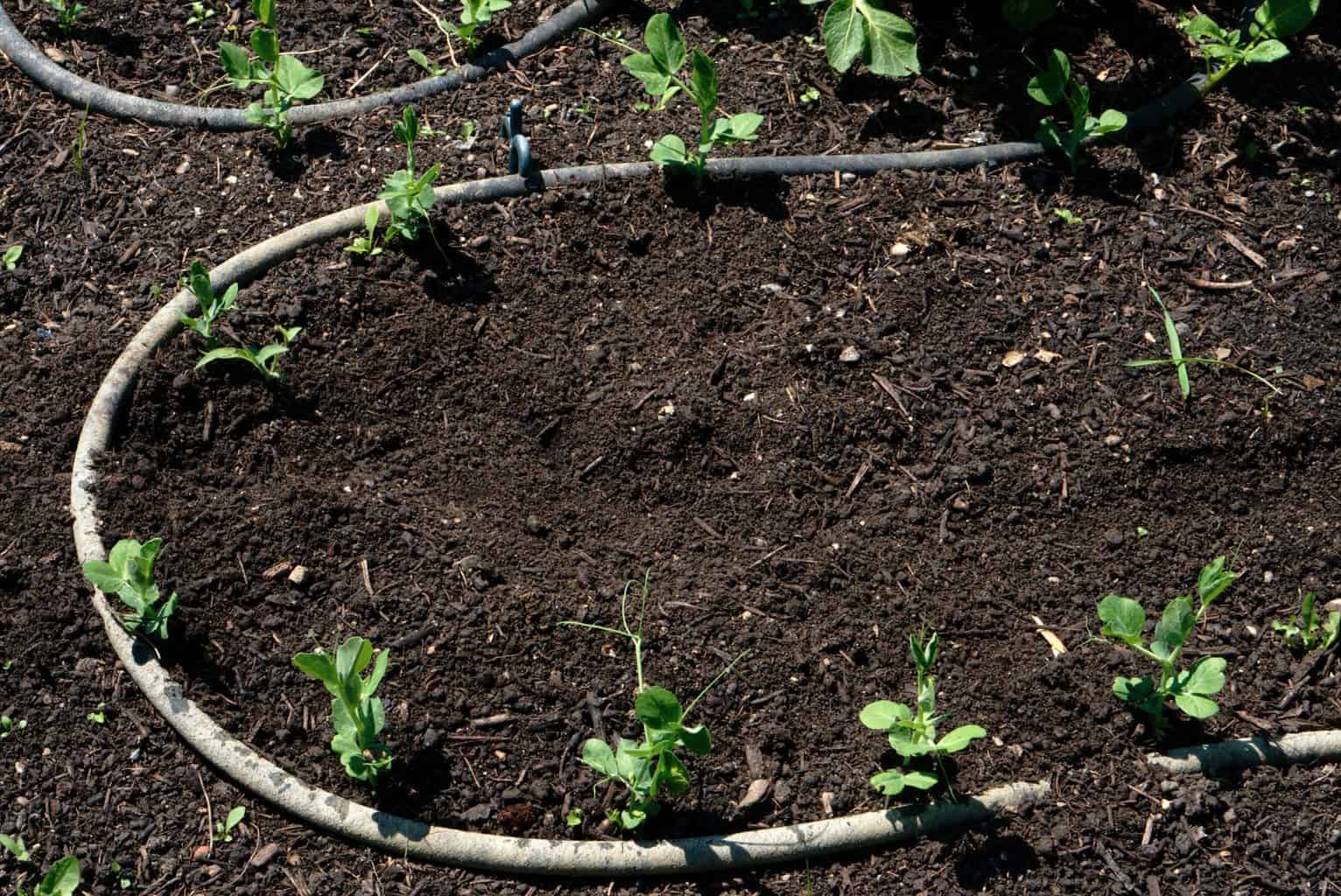
Make sure there is access to water in close proximity to the garden. Althought we have a stream in the garden, it is dry during the summer months, so we cannot count on it. Therefore, we invested in a snip and drip irrigation system since our pipes were far away. We had to lay a pipe under the ground to connect the garden tap from house to the irrigation pipes on the other end of the stream. Since, this is where we plant 90 % of our vegetables and fruits, it made sense.
The snip and drip helps in watering the plants gently and not over flooding the plants with too much water.
2. PLAN YOUR GARDEN
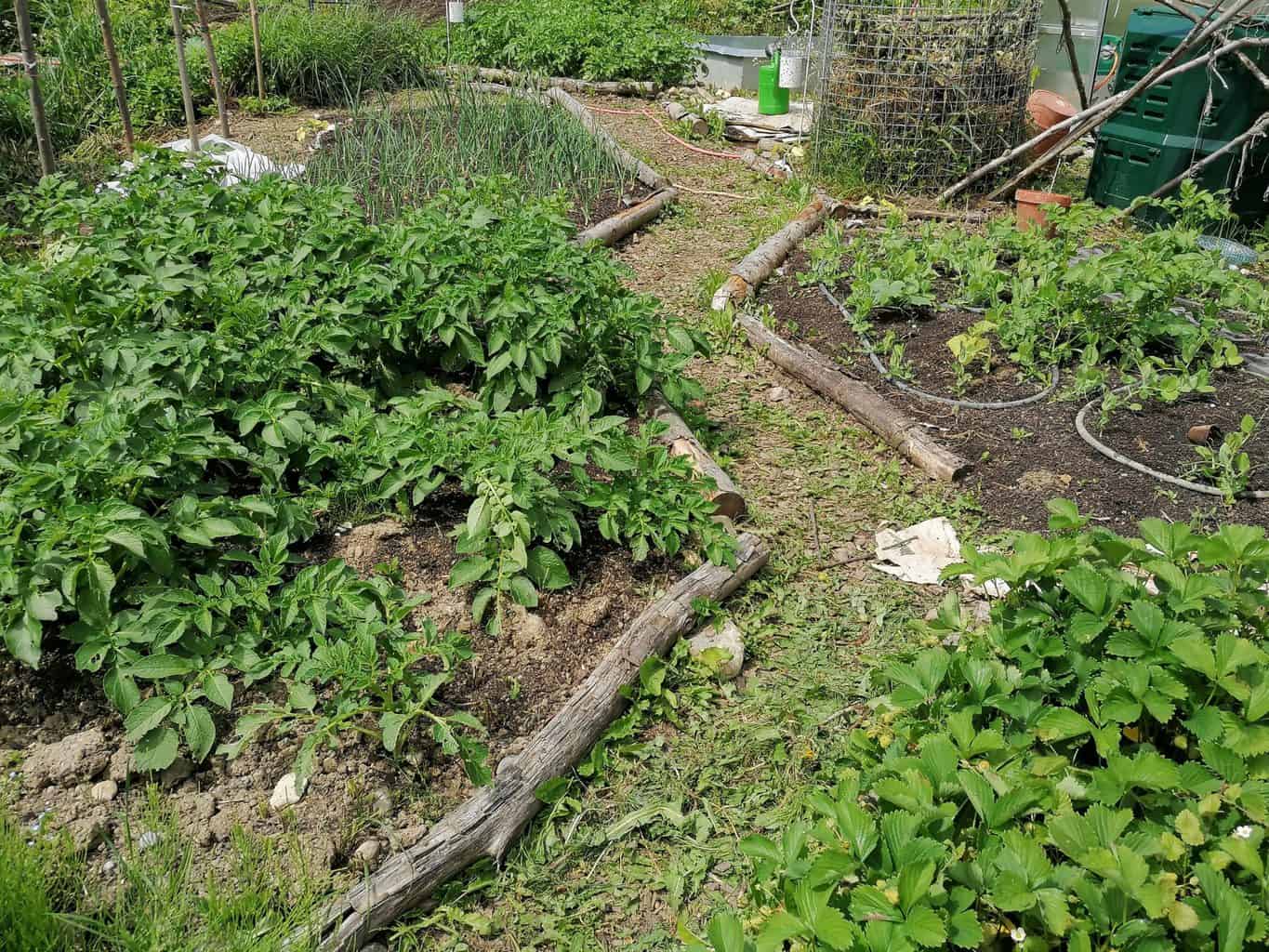
After you have fixed on a location, it would be nice to look at what type of gardening suits you the best. Depending on where you live, you may need to install some fencing.
Since last year, we are practicing a no dig garden method in addition to permaculture. Starting a no dig garden would be one of my top tips to start a garden from scratch especially for beginners. It is easy to start with minimum of efforts.
Container Gardening is an option if you live in the city and have no space. Keep in mind that not all the vegetables grow well in containers. A little research in this will help you make the most of your gardening efforts.
Raised beds: If you want a low maintenance garden, having raised beds are an option. Raised beds also help to keep the slugs away to some extent, although its not a guaranty. Because raised beds don’t have access to the ground water they need more water during the dry season. They need more TLC.
For us personally, raised beds weren’t an option, since raised beds are expensive. Then it is also the matter of investing for the soil to fill it up. And good quality organic soil adds to the cost. But we have a couple of them for our herb garden.
3. DECIDE WHAT YOU WANT TO GROW
Grow what your family loves to eat. A variety is great, but not all vegetables thrive in all seasons and years and not all are a favorite of every one. My daughter loves potatoes so we grow a lot of it. And we have the usual favorites that we grow more of. Some of the tropical vegetables need special environment like a green house to thrive well.
If you are like us living in a climate with a shorter growing season, it makes sense to start some plants indoors to start the season. But be mindful, that spring is often a time of uncertainty with the weather, so plant them outside when the weather has enough warmer hours. This also helps to harvest some of the vegetables earlier before the first frost in autumn.
If you are starting plants from seed, check out this site.
4. GARDEN TOOLS
This goes hand in hand. Start out small and get the basic garden tools. Once you get more into it, you may need some special tools and you can build up on it. If you want a lawn, investing in a lawn mover is also advisable. Get good quality tools as they pay off in the long run.
There are garden centers which rent out special gardening tools which are very expensive. Rent them, if your garden needs them at all, because it may be for a one time use only and renting could be the best option. Do what suits you the best.
5. TEST YOUR SOIL
When designing and planting your garden, you need to know whether the soil is acid or alkaline, as different plants thrive in different soils. The soil pH is a number that describes how acid or alkaline your soil is. A pH of 7.0 is considered neutral. An acid soil has a pH value below 7.0 and above 7.0 the soil is alkaline.
For example, we planted our blueberry bushes in the wrong patch, they never give fleshy berries. Blueberries need a lot of acidic soil. So before the bushes go into their winter sleep, it is good to cover the soil around the bushes with acidic mulch. And last year they improved greatly because we prepared the soil with acidic mulch the previous autumn and we got a better yield.
6. PREPARE THE SOIL
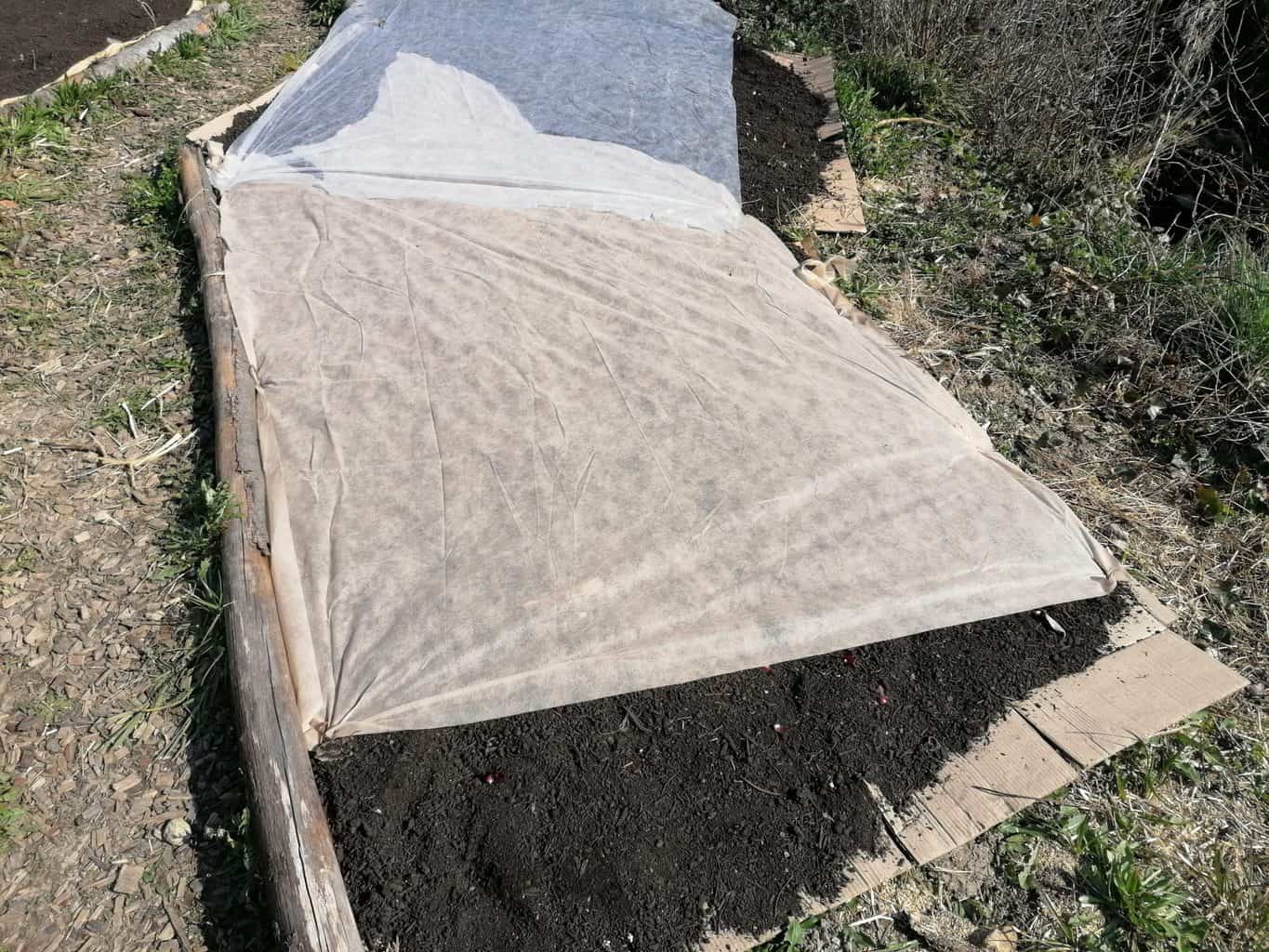
Remove the grass, old roots and stems before you start preparing mulch beds. Doing this in autumn is better as it gives the soil enough time to get enriched.
Most plants prefer a deep, well-drained, fertile soil rich in organic matter. Plant roots need good garden soil to produce good vegetables and fruit. Since we follow the no dig garden method, we buy in a whole load of organic mulch and spread it on all our garden beds. This is an investment we make every year to get a good yield and tasty vegetables.
7. START THE SEEDS
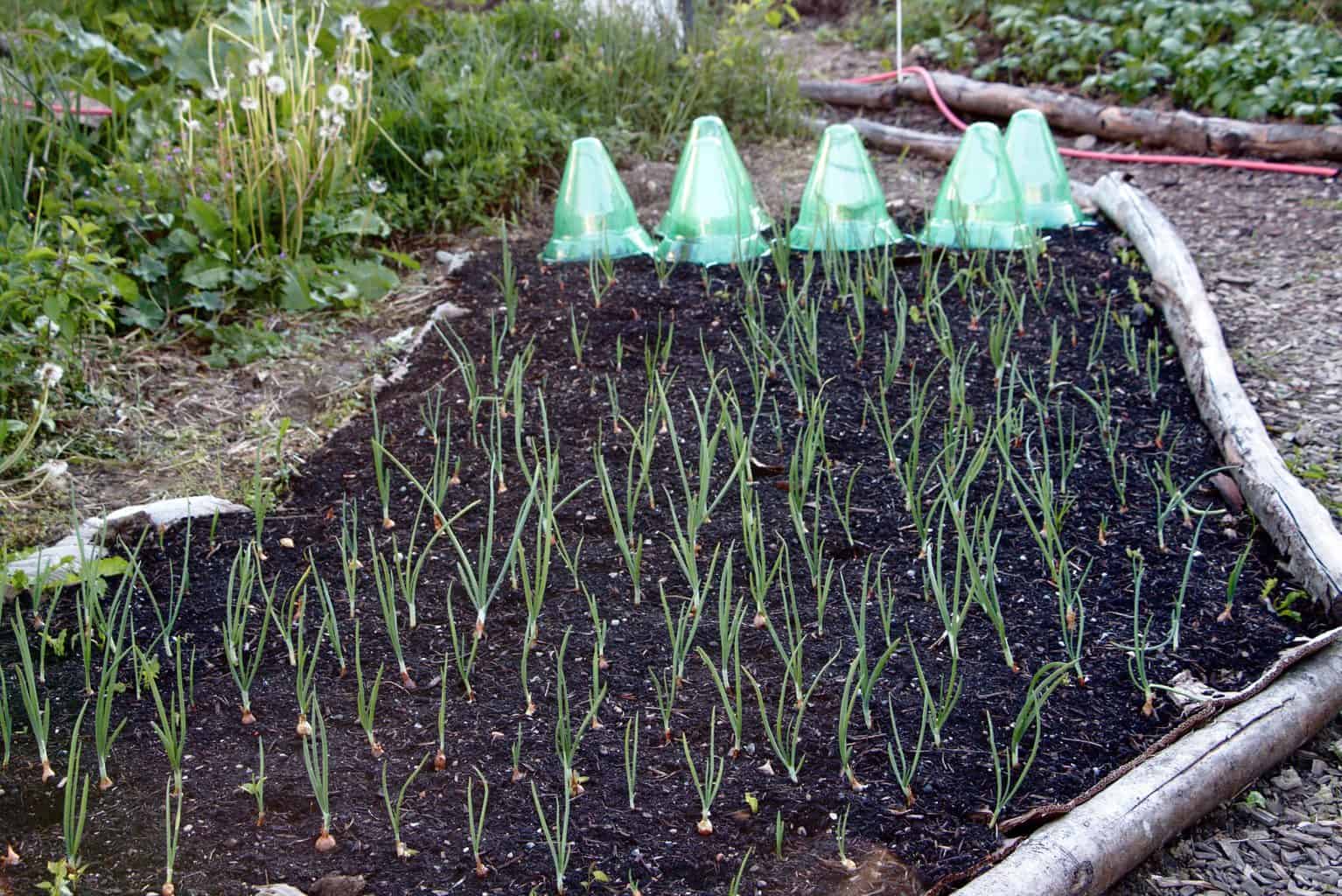
You have 2 options for this. You can start your vegetables from the seed and that needs a little preparation. Or you can buy seedlings from the garden center in case you are late with that vegetable and still want to enjoy it. We practice both of the methods. Sometimes, the seeds in our planters don’t thrive too well, then we resort to getting the plants from the garden center.
We usually plant carrots, beetroots, onions, cucumbers, zucchini, pumpkins, beans, peas, lettuce and kale straight into the ground.
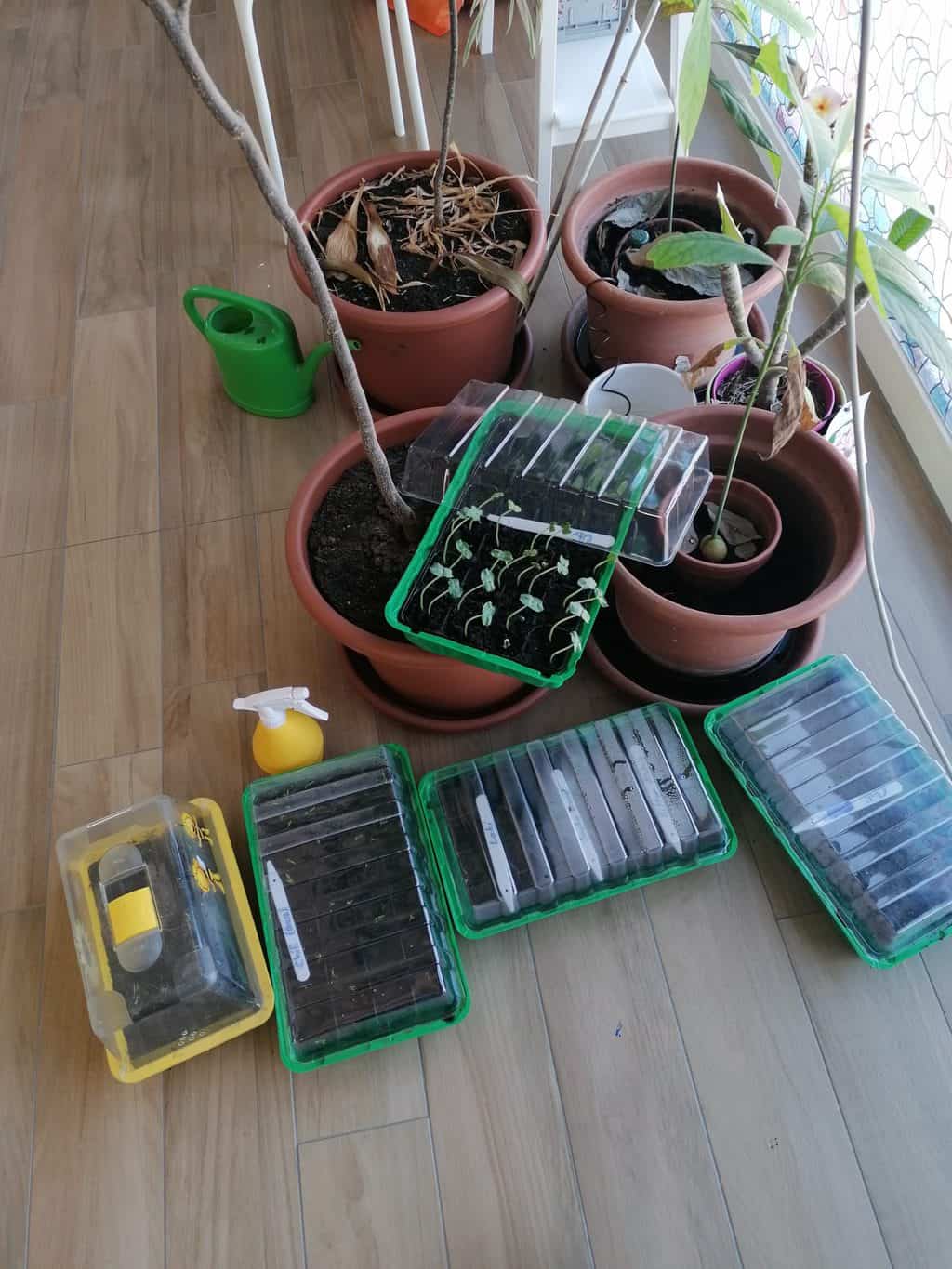
Some of the vegetables which need longer sunlight and warmth have to be started a little earlier inside our home. Then we transplant it to the ground when its warmer. At this stage they are not so delicate to extreme temperatures especially during the early days of spring.
We usually, start the seeds in seed blockers and keep them under infra-red light. This helps to germinate and grow the plants to the required height which we will transplant 4- 6 weeks later.
Examples are tomatoes, peppers, Brussel sprouts, cauliflower, broccoli, etc. Over the years, we have been planting a lot of our heirlooms too.
At the early stage of starting a seeds, make sure they have enough light and water. Don’t over water the seedlings.
8. PLANTING THE SEEDS & SEEDLINGS
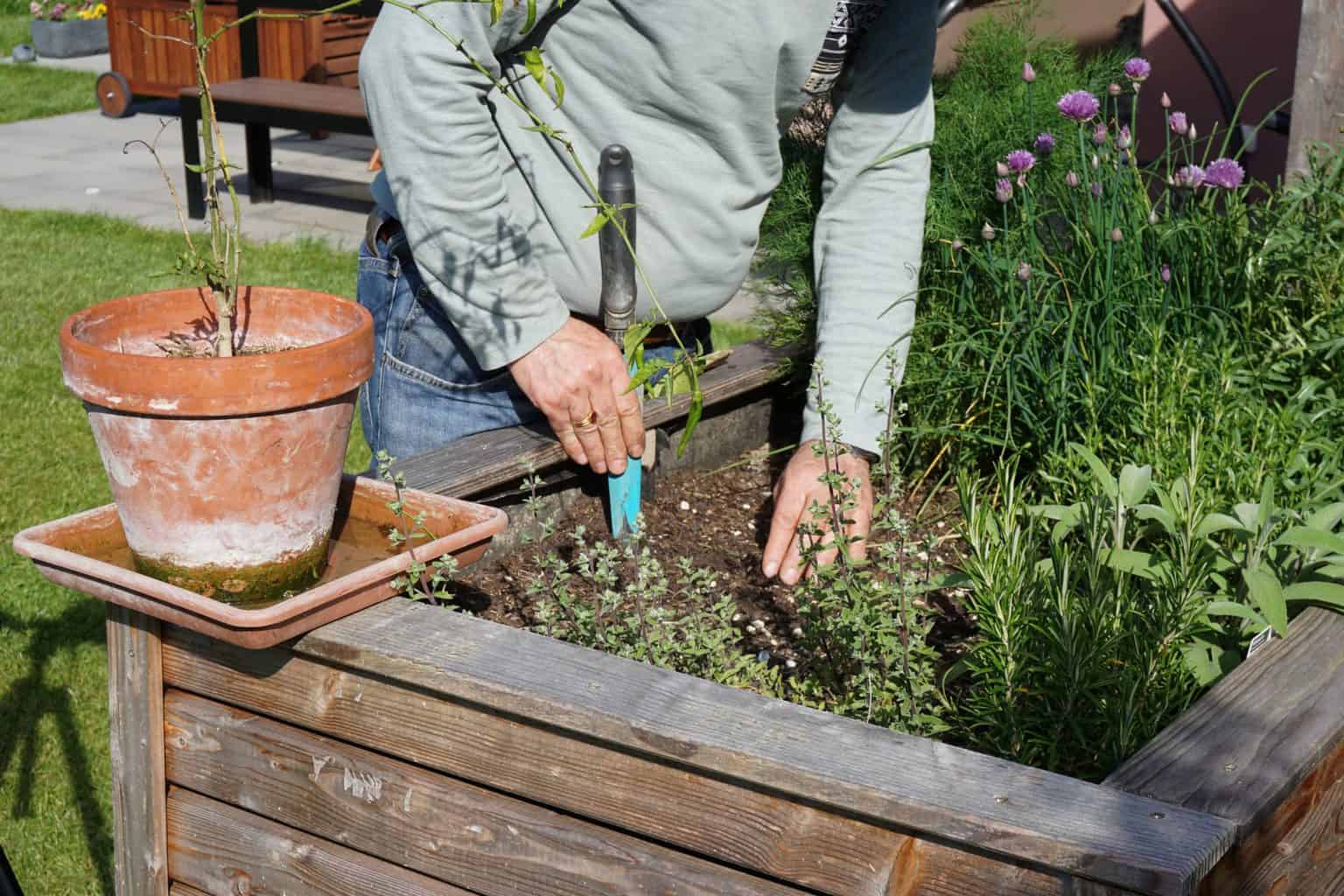
- Follow the instructions of the package.
- Plant seeds roughly 3 times as deep as the diameter of the seed, unless otherwise instructed on the package. Some seeds require light for germination.
- For your transplants – most seedlings are planted at the same depth they were growing in the pot. Plant tomatoes deeper into the soil.
- We usually wait until after Easter to avoid frost for plants which need more heat. Tomatoes, eggplants, peppers, cucumbers, okra, need a lot of sunlight and warmth.
- Young plants are easily damaged than the older plants. Use a slug cap, if you have problem with slugs. Younger plants are victims to slugs. So they need extra protection or hardening off when they are planted outside.
- Practice crop rotation, it is not good to grow the same thing in the same patch every year.
8. WATER YOUR GARDEN OPTIMALLY
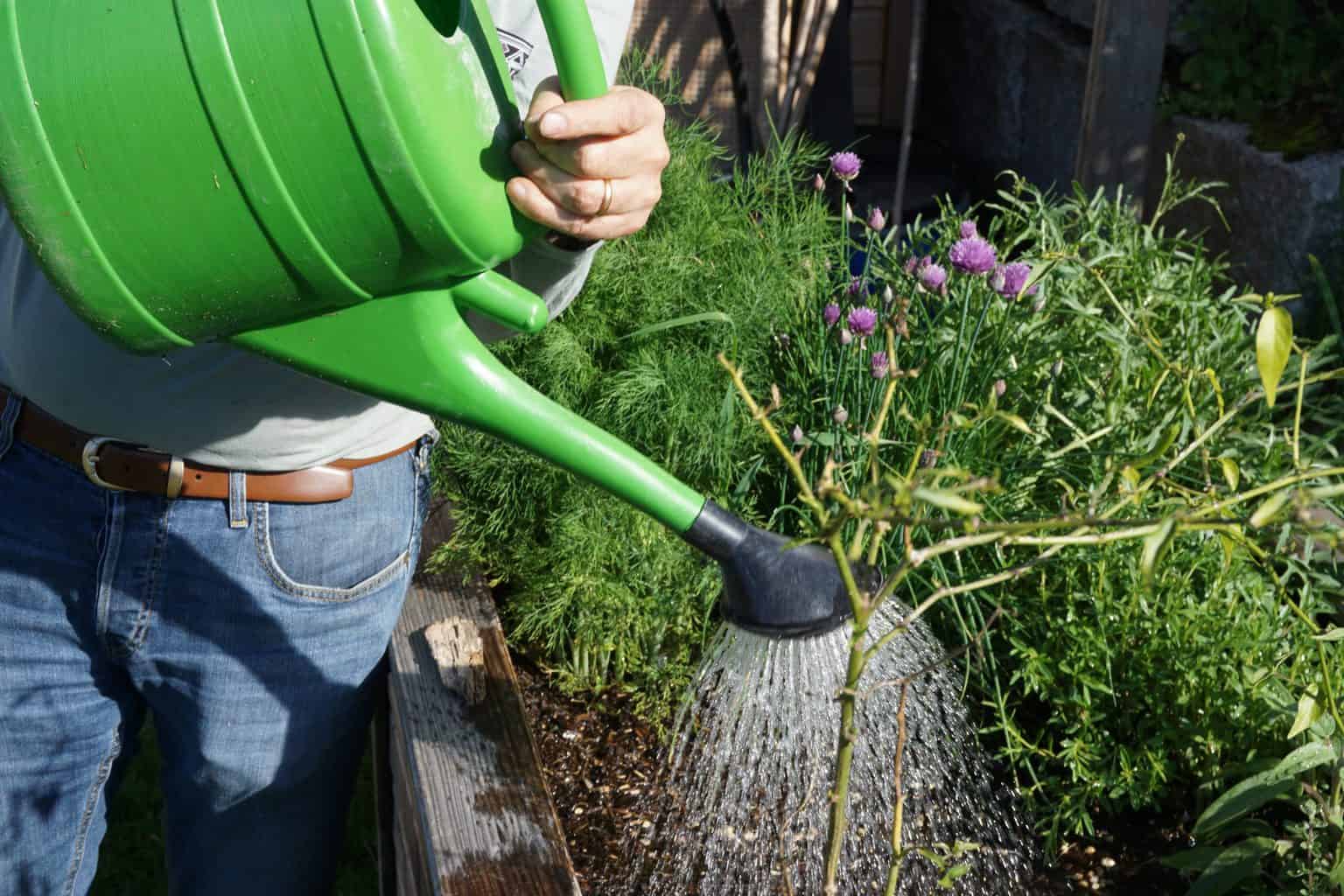
Watering the plants optimally is crucial. On hot and dry days it is good to water twice a day as the ground doesn’t have enough water. Water the plants early in the morning or late in the evening during the peak of the summer months.
Vegetables like cucumbers and squash types need a lot of water. Deep watering is better than just watering on the surface.
Some plants have special needs like the tomatoes. You do not water the tomatoes directly on it because they will form fungus if done so. So we do indirect watering. Last year we had fixed some terracotta pots close to the tomatoes and this method helps to water the roots slowly.
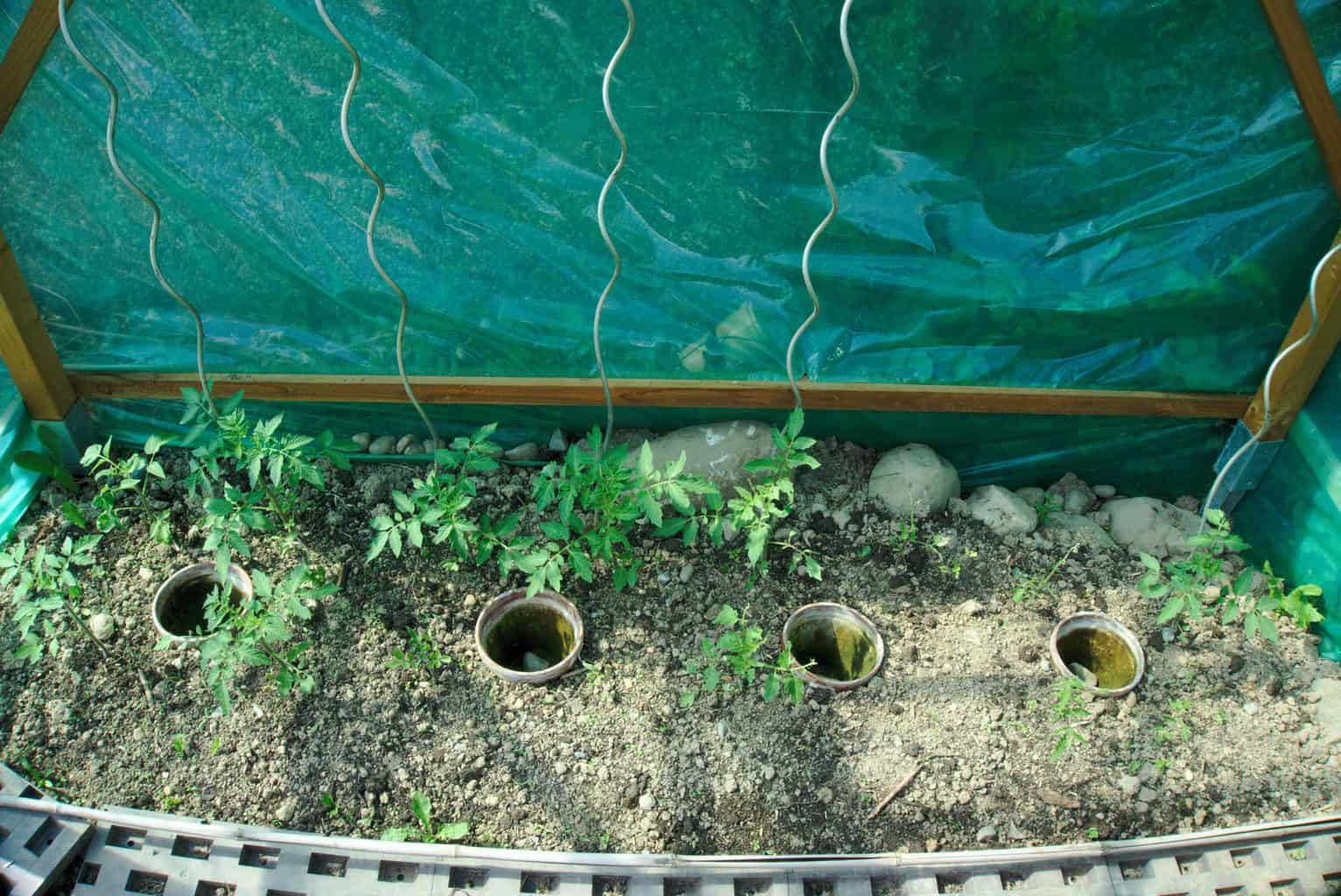
10. HARVESTING
After following all the above tips on how to start a garden from scratch, you will be looking forward to harvest as the end result.
We always look forward to this. Enjoy the harvest. If you plan your garden well, you will be able to enjoy harvesting even during the winter months.
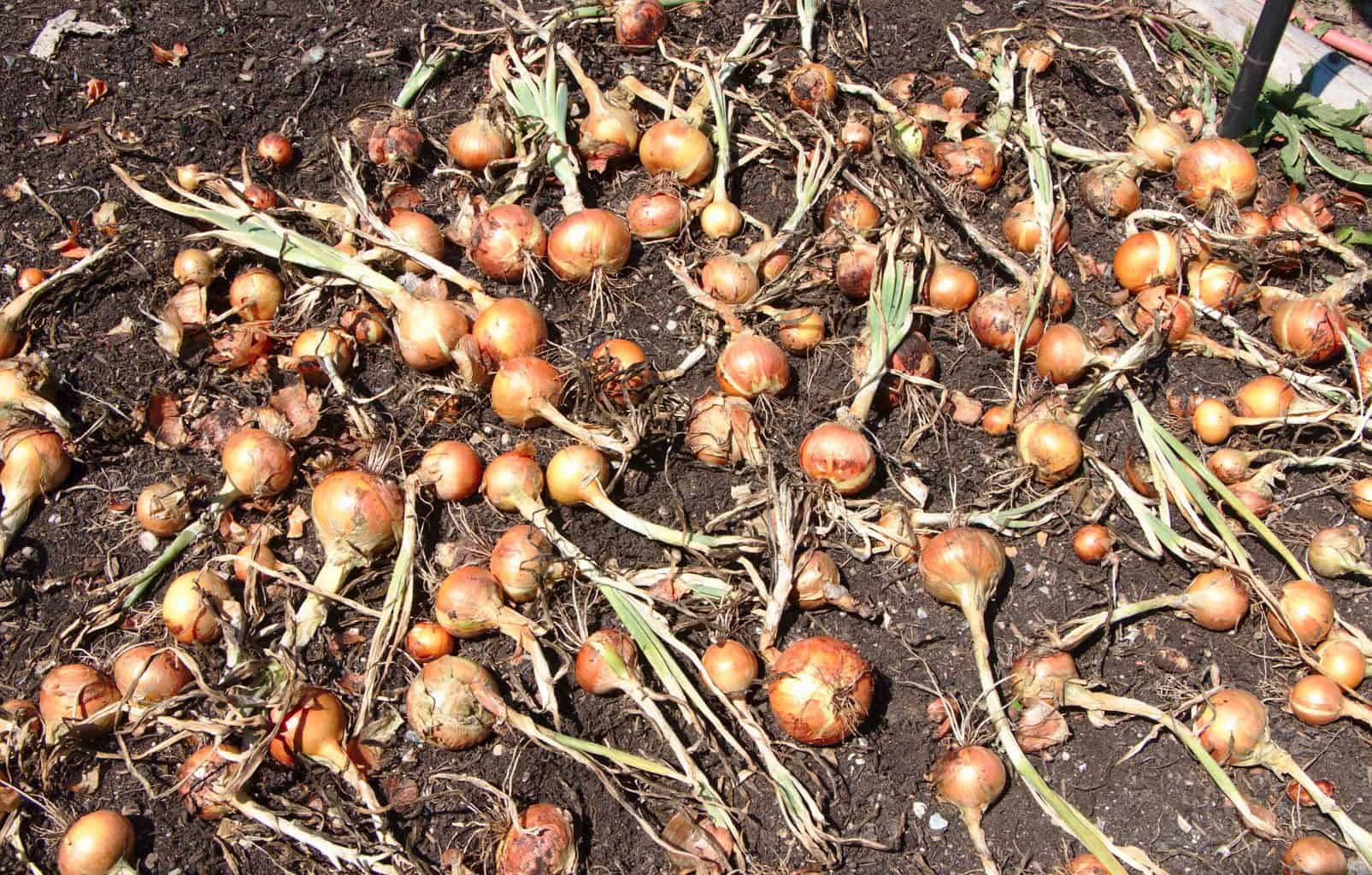
Since the seasons are so short in the colder climates, be prepared to have a lot of harvest of each vegetable on harvest day. You will not be able to eat all in a day. So this is where storing, canning , fermenting and drying skills come handy. I have a few recipes for this on the blog. Preserving our produce enables us to enjoy our garden harvest in a jar during the colder months.
I hope these tips to start a garden from scratch for beginners is useful to you for the coming planting season. Thank you for taking the time to read and if you have more tips drop me a line in the comments below.

